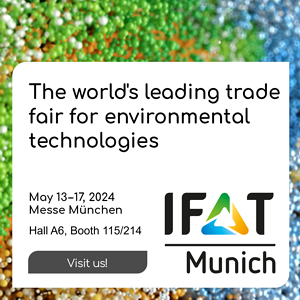Stainless steel: Uncertainties persist despite improved market conditions, BIR was told
Brussels – India ranks as the world’s number one importer and consumer of stainless steel scrap not only because of the amount of stainless steel produced in India – it is second only to China – but also because of the very high proportion of scrap to primary use in its production mix. This was underlined at the latest meeting of the BIR Stainless Steel & Special Alloys Committee on October 15.
“India represents a big potential market for stainless steel recycling,” stressed guest speaker C. P. Gupta, Chairman and Managing Director of Ambica Steels which is claimed to be the country’s largest stainless steel producer. “Stainless steel production rose to 3.32 million tonnes in 2016 – an impressive growth of 9 percent – with stainless steel applications in the building & construction, automotive, railway and transport sectors being the main drivers,” Gupta told his audience in New Delhi.
India’s demonetisation initiative and the slowdown in manufacturing activity earlier this year had led to a three-year low in GDP growth of 5.7 percent. However, this seems to have been a short-term blip and the economy “is bound to grow at 7.5 percent in the next two years”, Gupta argued.
Production showing a slight increase
The BIR Stainless Steel & Special Alloys Committee’s Chairman Joost van Kleef of Oryx Stainless BV of the Netherlands pointed to a cash crunch in India following the implementation of the country’s single goods and services tax. “Furthermore, banks are hounding the mills to reduce their debt exposure, which is also the reason for the mills being less bullish,” he added.
Stainless steel crude output in Europe during the third quarter was clearly influenced by maintenance downtime among producers, with the result that demand for stainless scrap was slightly lower, it was reported by Van Kleef. He also noted that year-to-date production is running “at previously forecasted levels and is actually showing a slight increase when compared to the same period in 2016”.
Differences between East and West
Meanwhile, Russian businesses are now enjoying improved scope to export stainless steel scrap because the applicable duty is 5 percent rather than the 20 percent of some years ago, according to Van Kleef. “The problem at the current moment is logistics because container volumes have reduced in Russia and shipment has become more difficult,” he acknowledged.
In the Middle East, the third quarter of 2017 had brought “great progress” in various parts of the stainless steel and special alloys sector, as local trading of the 304, 316, 309 and 310 grades improved owing to higher LME nickel prices, with the same being true for cobalt and the Hastelloys.
In the USA, meanwhile, the short supply of available primary and secondary nickel has become the current market reality facing both stainless producers and scrap processors.
A need to restock with raw materials
China’s government has continued with its crackdown on highly-polluting and outdated mills and nickel pig iron producers. “This has forced the latter to rethink their risk/reward margin and also some of the outdated mini stainless mills to be phased out, surrendering their market to the larger, advanced stainless mills,” said Van Kleef. “There is currently a need to restock with raw materials – including stainless scrap – according to normal lead times, and so demand for scrap should be healthy in the fourth quarter.”
Global political uncertainties continue to have an impact: North Korea is causing instability in the Far East; the Philippines could potentially impose taxes on nickel; and the UK and the EU are continuing to squabble over Brexit. “All these factors are keeping us on our toes,” Van Kleef confirmed.






